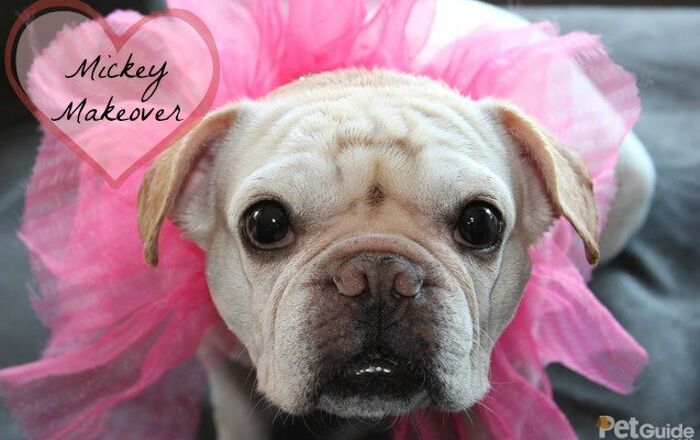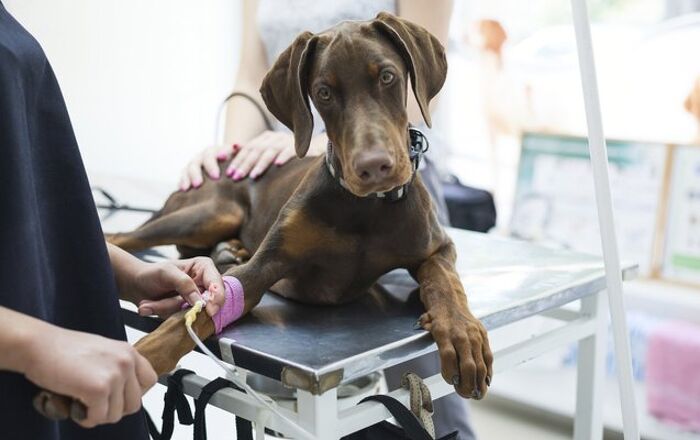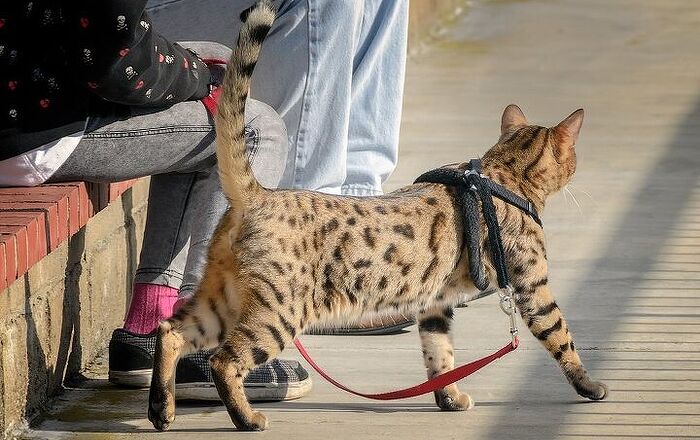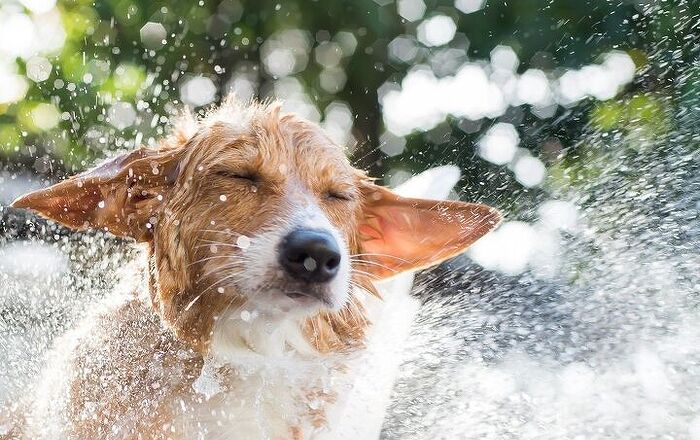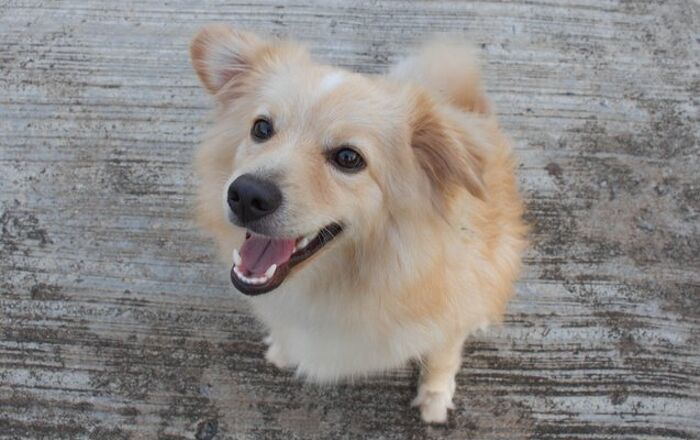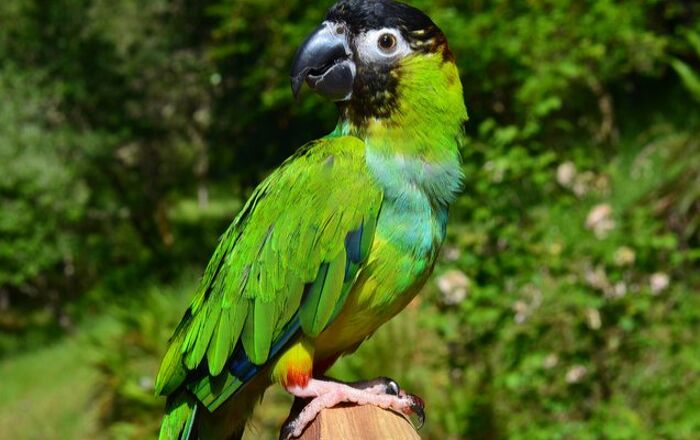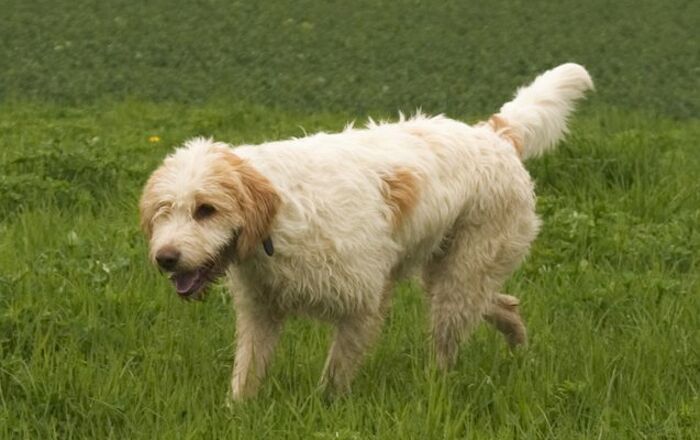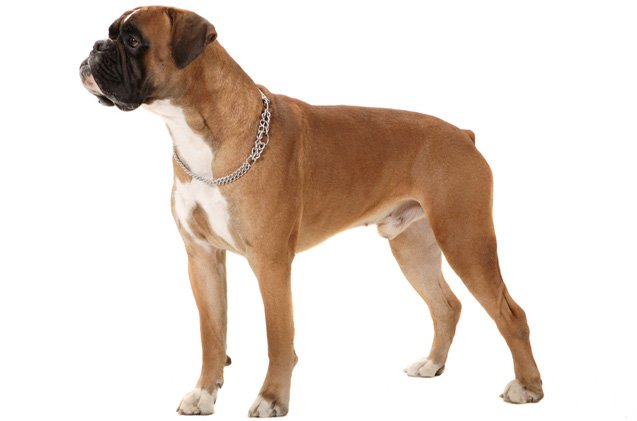
Boxer Basics
You don’t usually come across someone who doesn’t know what a Boxer looks like. Enjoying widespread popularity, Boxers sport that square jaw line and impressive under bite that gives them a fighter-like appearance. Sporting strong legs and deep, loud barks that make you take notice, Boxers are an impressive breed that is great for families.
Notorious for being incredibly intelligent, Boxers are often used for service purposes like police dogs and therapy aid. Along with Golden or Labrador Retrievers, Boxers rank among the most popular dogs for this important work. It’s not just its intelligent that makes it a real people dog – Boxers love being around people! They love human affection, especially from children, and will never leave your side when you’re at home. There are plenty of reasons why a Boxer will make a welcome addition to your family – read on to find out more about this breed.
Notorious for being incredibly intelligent, Boxers are often used for service purposes like police dogs and therapy aid.
Origin
We’ve filled you in on the recent history of the Boxer breed. They make great pets, service dogs, and even guard dogs. But let’s go back to its past, where you’re sure to find in much more interesting.
Developed in Germany in the 19th century, Boxers were used by butchers to control cattle and for hunting purposes (they could run and hold down wild boar and bison), as well as being one of the first breeds of dogs used as police and military dogs. Unfortunately, they were also used for dog fighting – a Boxer would stand up on its hind legs and “box” with its opponent. Boxers were later imported to America after World War I, and gained popularity in the late 1930s.
Pedigree

Although it can’t be proven, Boxers are thought to be the descendants of the Molossian dogs, which are an ancient large dog found in Greece. There are even a few experts that put them back in Middle East thousands of years ago.
Since this is a German-developed dog, many believe the Bullenbeisser dog has been added into the mix as well. As well, the Boxer was mixed with the English Bulldog, which gives it its distinctive square jaw and powerful shoulders.
The Boxer was recognized by the American Kennel Club in 1904.
Food / Diet
There are plenty of reasons why a Boxer will make a welcome addition to your family.
Training
Since Boxers are always in motion, sometimes training can be difficult. Like other large dog breeds, Boxers need to be trained using consistently and patiently, as this dog doesn’t respond well to harsh treatment. To make things easier in the beginning stages of the training process, try to make it simple for your Boxer – this will help build the dog’s confidence in order to move onto difficult challenges.
It’s a good idea to use rewards, as they are effective to use when training your boxer. One aspect you’ll find easy, in regards to training, is housebreaking. Because the Boxer’s natural inclination to be clean, housebreaking tends to be the easiest process of training.
Weight
Male Boxers tend to fall in the 60 to 70 pounds range, while females typically weigh 55 to 65 pounds. Since Boxers are naturally active, you shouldn’t have any problems with your dog being overweight.
Temperament / Behavior
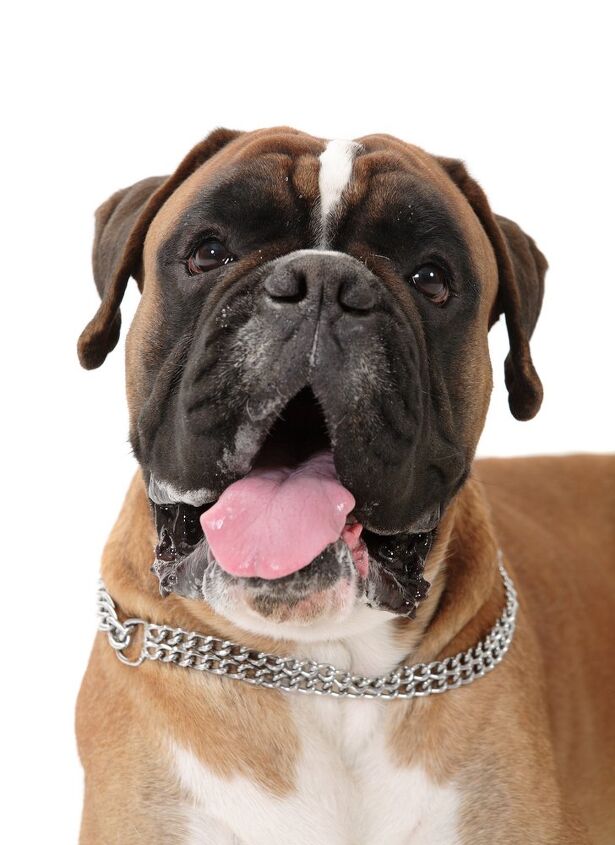
Naturally inquisitive and amazingly intelligent, Boxers just love to love its owners. Even though the Boxer is a larger breed, this dog will try to makes its way onto your lap. They want to be with your family as much as possible, so be prepared for plenty of doggy affection.
It’s hard to believe, but Boxers can be very shy. This breed can be nervous and distrustful of strangers, but you can work on this during training sessions. This shyness doesn’t extend to other animals – Boxers like playing with other dogs and cats.
If you’re active, the Boxer will fit right into your lifestyle. Expect your Boxer to be very energetic until they are about 2 or 3 years old – after that, it will calm down a little. That being said, you should expect t a lively and playful companion for most of the dog’s life.
Common Health Problems
Like the other pure breeds, Boxers do have some health concerns to be aware of. Some of the more common ailments include heart disease, Aortic Stenosis and Arrhythmogenic right ventricular cardiomyopathy. As well, white Boxers are prone to deafness – about 20 to 40 percent of white Boxer puppies will be born with deafness in one or both ears. No one has any idea why this seems to occur in the white dogs as opposed to any of the other color patterns.
Life Expectancy
Boxers have a life expectancy of 9 to 13 years.
Exercise Requirements
Boxers will keep you busy – this breed needs at least an hour of exercise a day. Take a hint and go for a brisk walk or jog with your Boxer. As well, you can take your Boxer to the dog park, where it can run free and play with other frisky dogs. If you’re letting them run around you backyard, make sure that the gate and fence is as secure as possible – if there is a way out, your Boxer will find it.
Naturally inquisitive and amazingly intelligent, Boxers just love to love its owners.
AKC
The American Kennel Club says this about the breed: “The well-conditioned middleweight athlete of dogdom, the Boxer is a powerful dog with an intelligent and alert expression. While they are instinctive guardians, the Boxer loves to be with his people. This personality has allowed them to succeed as couriers during war time and as seeing-eye dogs for the blind.”
Coat
A Boxer’s coat rarely sheds, as its hair is very short and not as course as other dog breeds, which also makes it easy to maintain.
In the way of color, the underside of the coat is brown marble or tan, while the rest of the coat can run from very light brown to deep chocolate and even pure white.
Puppies
They are naturally inquisitive and can be trained from very early ages. In fact, when it comes to training a Boxer puppy, it is better to train early rather than later. When it comes to grooming, it is a good idea to get your pup used to being touched. You’ll find that rubbing it feet and ears will help it become acquainted with being groomed.
Photo credit: Lebedinski Vladislav/Shutterstock

